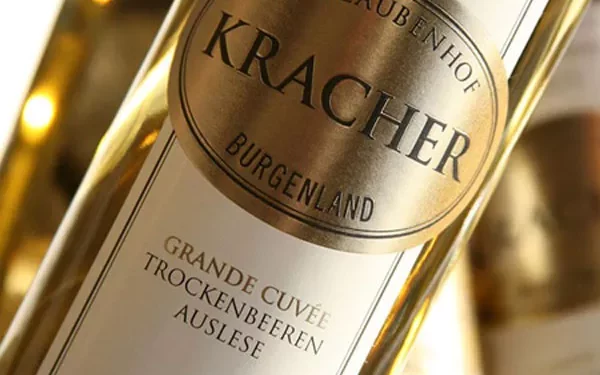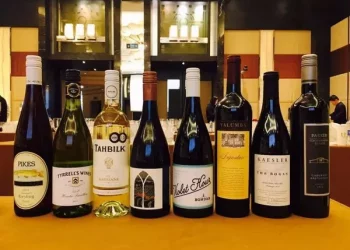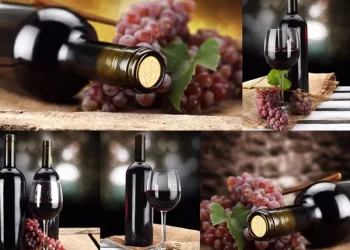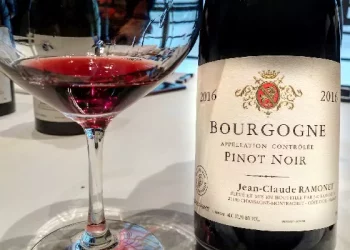Although the term “orange wine” is still controversial, orange wine is growing in popularity, and many people who like to try different styles of wine want to try this wine.
But there are still many questions to be answered about orange wine.
What is orange wine made from?
Is orange wine natural?
Let’s take a look.
Orange wine is actually a white wine.
Like rose wine, orange wine also controls the time of contact between the wine and the grape skin during the fermentation process, which gives the wine its orange color.
In contrast to rose wines, which require a shorter soaking time, orange wines require a longer soaking time, ranging from a few days to several months.
The skin immersion can not only extract color and flavor substances, enrich the taste of the wine, but also obtain tannins, increase the sense of structure, and make the wine more stable.
Orange wines range in color from light gold to deep amber, and some even have a reddish glow.
For this reason, some orange wines use “amber” in their nomenclature.
The taste of orange wine is very similar to that of red wine, with higher tannins, longer aftertaste, more obvious structure and richer taste, mainly due to the longer immersion time and increased oxidation time.
In fact, orange wine is not a new winemaking invention.
Both Georgia and Slovenia have a long tradition of brewing with the skins.
The history of orange wine can be traced back 5,000 years, when Georgian winemakers fermented grapes in sealed vats to produce orange-colored wines.
So orange wines are older than clear white wines.
One of the main regions for orange wine production is Fruili in northeastern Italy, where Stanko Redican, a winemaker, is dedicated to promoting orange wine.
He believes that the skin of a grape carries a lot of information about the grape.
Generally speaking, in the brewing process of white wine, grape through broken skin, press, grape skin from the whole winemaking process, and red wine has the process of dipping skin.
Red grape skin can reflect the growth information of the grape, including tannin content and texture information.
The purpose of orange wine made by prolonged skin immersion is to allow the terroir of grape growth to show in the wine.
Traditionally, orange wine has been produced in regions other than Friuli in northeastern Italy, mainly along the Slovenian border and in Georgia.
Although the world’s production of orange wine is very small, but the production of orange wine regions are all over the world.
Orange wines are produced in the Savoie, Languedoc-Roussillon and Jura regions of France’s Loire Valley.
And this historic wine is not only made in the Old World. New World orange wines are also made in places like California and South Africa.
Orange wine is still a very niche and novel wine, the global production is very small, most orange wine price is relatively expensive.
However, rarity is valuable, and orange wines are highly sought after because they are rich and complex and are very good value for money.
In addition, orange wine in terms of food pairing, the choice is also very wide.
Orange wine is tannin, structure, not only has the high acidity of white wine, but also has the full-bodied texture of red wine, with nutty and honey flavors. It goes well with a variety of foods, even with spicy foods that are difficult to match.
The latest market dynamics at any time to see, please pay attention to.












































